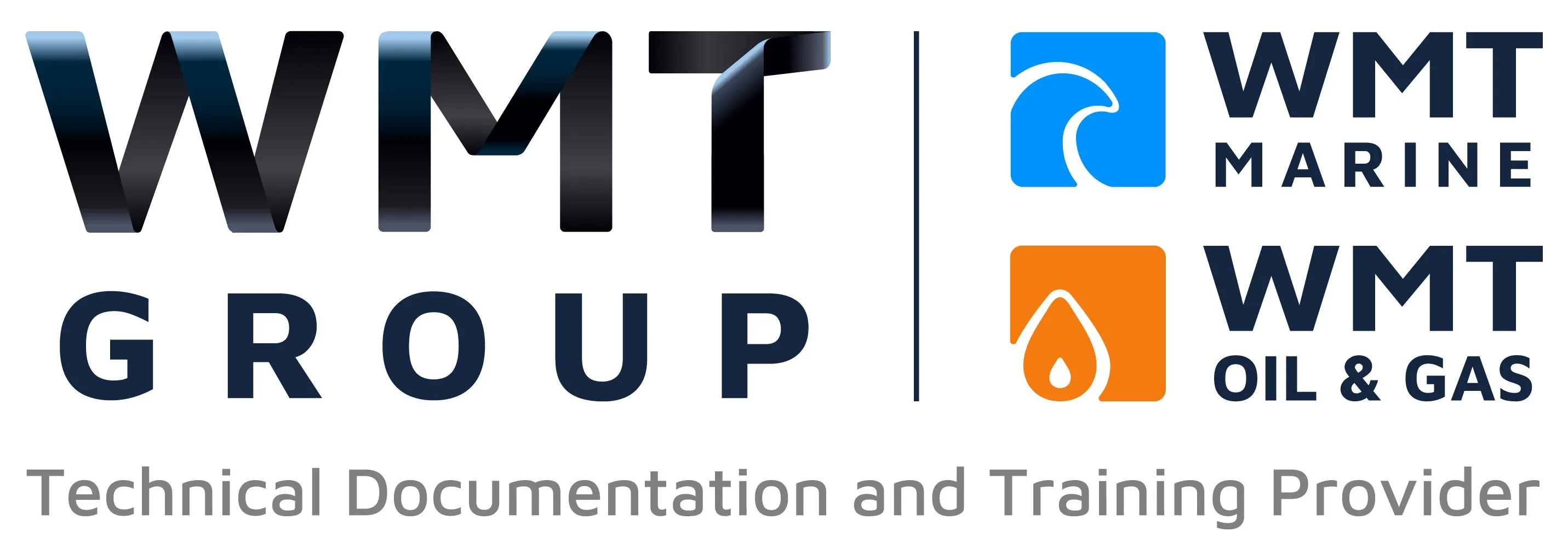Comprehensive Vessel Operating Manuals for Marine Vessels

In the maritime industry, operational efficiency and safety are paramount. One of the key tools that ensures smooth sailing is a comprehensive vessel operating manual. These manuals serve as an essential guide for shipowners, operators, and crew, offering detailed instructions for managing the vessel’s systems, procedures, and emergency protocols.
In this blog, we’ll dive into what makes these manuals invaluable, their key components, and how they contribute to the safe and efficient operation of marine vessels.
What Is a Comprehensive Vessel Operating Manual?
A comprehensive vessel operating manual is a detailed document designed to provide step-by-step guidance on all aspects of operating a marine vessel. From routine tasks to complex emergency procedures, these manuals serve as a go-to resource for crew members at all levels.
Whether you’re navigating international waters or conducting local operations, an operating manual ensures consistent, safe, and compliant vessel management.
Why Vessel Operating Manuals Are Essential
1. Standardised Operations
Vessel operating manuals provide a consistent set of instructions, ensuring that all crew members follow the same procedures.
2. Enhanced Safety
By outlining emergency protocols, the manual equips the crew to handle potential crises efficiently and minimise risks.
3. Regulatory Compliance
Operating manuals ensure adherence to international and flag state regulations, reducing the risk of penalties or detention.
4. Improved Efficiency
With clear instructions for operation and maintenance, downtime is minimised, and vessel performance is optimised.
Key Components of a Comprehensive Vessel Operating Manual
A well-crafted manual includes the following elements:
1. Vessel Specifications
- General information, including dimensions, tonnage, and classification.
- Technical details of key systems and equipment.
2. Operational Procedures
- Navigation and steering instructions.
- Cargo handling protocols (if applicable).
- Ballast and fuel management guidelines.
3. Safety Instructions
- Emergency evacuation procedures.
- Firefighting and flood management steps.
- Lifesaving equipment usage.
4. Maintenance Guidelines
- Preventive maintenance schedules.
- Step-by-step instructions for servicing critical systems.
- Checklists for routine inspections.
5. Environmental Compliance
- Guidelines for managing emissions and waste.
- Instructions for ballast water treatment systems.
- MARPOL compliance procedures.
How Vessel Operating Manuals Ensure Compliance
Compliance with international regulations such as SOLAS (Safety of Life at Sea) and MARPOL (Marine Pollution) is non-negotiable for marine vessels. Comprehensive manuals play a vital role by:
- Detailing procedures for onboard safety and environmental management systems.
- Providing documentation for audits and inspections.
- Ensuring all crew members are aware of and adhere to legal requirements.
Customised vs. Generic Operating Manuals
While generic operating manuals can offer basic guidance, customised manuals tailored to a specific vessel deliver far greater benefits:
- Precision: Customised manuals reflect the unique systems and design of the vessel.
- Efficiency: Crew members can quickly locate the information relevant to their vessel.
- Compliance Confidence: Tailored content ensures alignment with specific regulations applicable to the vessel's flag state and operational region.
The Role of Technology in Modern Operating Manuals
In today’s digital age, traditional paper-based manuals are often complemented—or replaced—by digital versions. Benefits include:
- Accessibility: Manuals can be accessed on tablets or onboard systems for easy reference.
- Search Functionality: Operators can quickly find specific information.
- Updates: Digital manuals can be revised and distributed instantly to reflect regulatory or system changes.
Benefits of Comprehensive Vessel Operating Manuals
Investing in a high-quality operating manual brings long-term advantages:
- Reduced Downtime: Clear troubleshooting and maintenance instructions minimise operational disruptions.
- Enhanced Crew Training: Manuals serve as training tools for onboarding new crew members.
- Cost Savings: By following recommended procedures, unnecessary repairs and penalties are avoided.
Conclusion
A comprehensive vessel operating manual is an indispensable resource for any marine vessel. It provides the clarity, structure, and compliance needed to operate safely and efficiently in an ever-evolving maritime landscape.
Whether you're managing a fleet or a single vessel, ensuring your operating manual is detailed, accurate, and up to date is a critical step toward achieving operational excellence.
